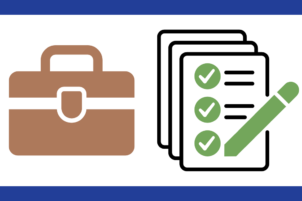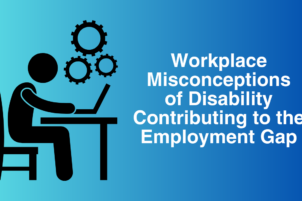I have spent my career advocating for people who are blind or have low-vision or other disabilities, and my work with RespectAbility continues along this path. Over the years, I have learned the value of listening to people with disabilities and key stakeholders to drive change. Leveraging partnerships and innovative strategies to transform systems to reflect the authentic voice of the disability community has led to more inclusive approaches to identifying and implementing potential solutions that we in the disability community can create.
In March 2020, RespectAbility exemplified these values during an online town hall meeting I co-hosted with people who are blind or have low vision. At the beginning of the pandemic, when confusion and misinformation were swirling about, RespectAbility organized a series of Zoom calls tailored to people with various disabilities to provide a gathering space for information sharing, peer support and solace. It was through these “temperature checks” with people who are blind or have low vision that we learned that many individuals with disabilities across the country were struggling with food insecurity in the face of the pandemic but could not use SNAP benefits online to secure food.
Imagine being blind and told that to use your food stamps you must shop in person during COVID, where you can’t see if people are wearing masks or not, and often rely on touch instead of using online purchase and delivery services! But that was the case in almost every state, resulting in the unintended consequence of putting 11 million people with disabilities needlessly in danger of contracting the virus.
Sensing the danger of a vulnerable community being forced to break social distance to buy food, RespectAbility shifted focus to advocate on local, state and national levels. Today, thanks to collaboration between RespectAbility and many other advocates and legislators, more than 10 million people with disabilities no longer must choose between catching a deadly virus or going hungry, thanks to the option of home food delivery. We have more work to do, but we are moving in the right direction!
States in green allow people who use SNAP (food stamps) to order and receive groceries online. States in red do not. Map on left was situation when pandemic began. Map on the right shows how our progress enabled 9.9 million people with disabilities to have safe ongoing access to food.








